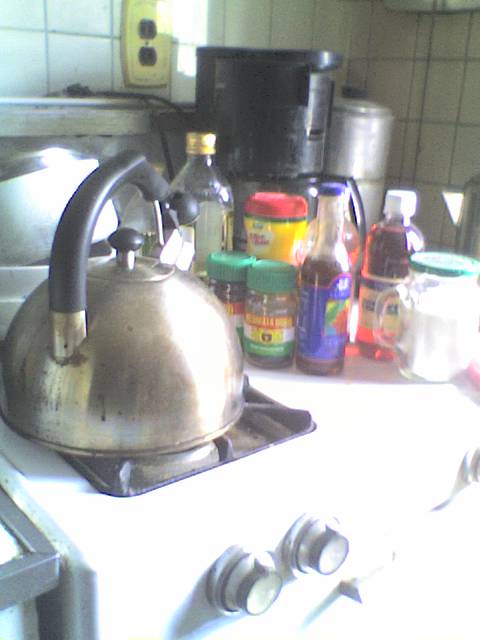Like any religious holiday one aspect of Passover centers around food. Each dish is symbolic of the exodus from Egypt. There are the bitter herbs and chariest alon g with the most well known symbol. Matzo or matza. It is not just the bread of the holiday but can be used for so many things. It truly is the backbone the holiday table.
Matzo came about when the Jews had to flee Egypt and hastily brought unleavened bread with them. To this day any yeast derived pastry or breadstuff is denied until Passover is over. It is made primarily from wheat, barley, rye, oats and spelt and is quickly mixed and rolled out. it’s quickly docked with a fork to prevent any puffiness or rising(other wise it would look like a tortilla or pita bread. It is cooked at high heats to encourage brown spots and quickly taken out of the oven to cool. This last ensures that the bread will have a cracker like crispness and crunch. Some cooks make their own and it has a different texture than store bought commercially made ones. Homemade is denser and chewier while the other is light and crumbly.
Matzo can also be ground up and used in Passover recipes. it’s primarily used to make matzoh balls, These are huge dumplings that range from golf ball to softball size and can be eaten in soup or on their own. Cooks usually add chicken meat fat and th e crackling call grebenes to the meal along with eggs to give them texture. They are boiled in soup, water, or a vegetable broth. Ground matzo is also used instead of cake flour during this time. There are many different recipes that have it as the base. It results in a denser , chewier and richer taste and texture than cakes made with regular flour.
Matzoh is truly the backbone of the Seder. It is considered both the bread and an ingredient.. This simple bread links all the foods and traditions together during this holy time.
Monday, March 29, 2010
Matzoh - The Backbone Of Passover Dining
Labels:
barley,
Egypt,
golf ball grebenes,
Matzoh,
matzoh ball soup,
Passover,
rye,
wheat
Subscribe to:
Post Comments (Atom)




No comments:
Post a Comment